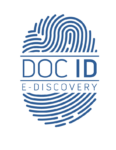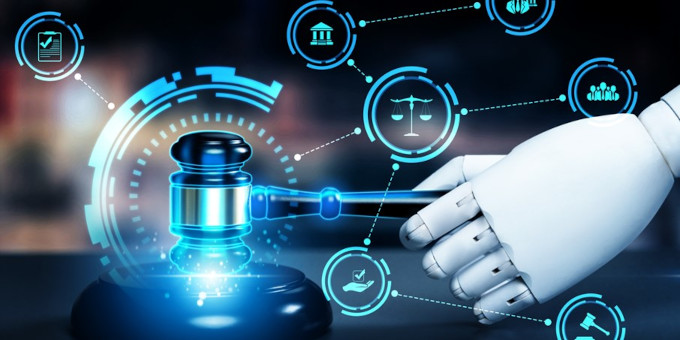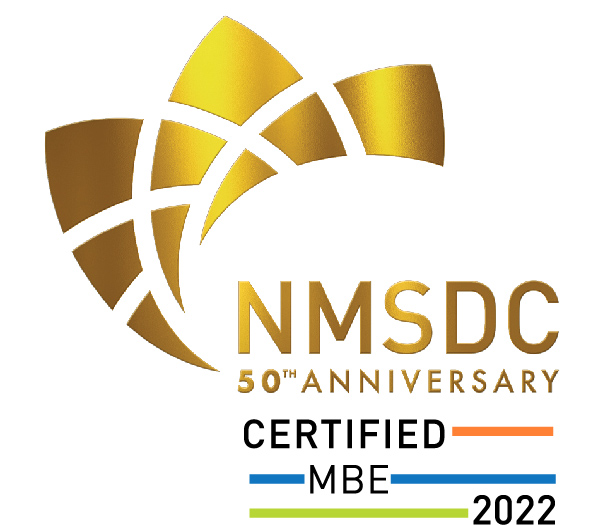Collaboration tools like Microsoft Teams and Slack are sources of information that often contain highly relevant communications important to any investigation or litigation. Many companies today are adopting these tools as their primary source of internal communication and collaboration. Because many companies have embraced these collaboration tools, so must the litigator when attempting to reconstruct the story of “what happened” (and generally satisfy eDiscovery obligations).
Two recent cases shed light on the need to collect and review these types of messages. Benebone v. Pet Qwerks addressed whether Slack is proportional to the needs of the case and Lubrizol v. IBM determined that a party has to produce messages before and after the responsive message to provide context.
Benebone v. Pet Qwerks (2021 WL 831025 (C.D. Cal. 2021) is an intellectual property dispute and a lesson for any plaintiff seeking discovery. During discussions to draft an ESI Stipulation & Order, Benebone took the position that the more than 30,000 messages in its Slack account should be excluded. The Court determined that the Slack messages were relevant but could not decide on whether the expense to collect and review the Slack messages was proportional to the needs of the case.
During further argument, Benebone’s position was that the cost to collect and review 30,000 messages would be in the range of $110,000 to $255,000. It did not provide any evidence or expert testimony in support of this position, whereas, Pet Qwerks’ expert, testified pertaining to the technical requirements to parse out and target specific channels, custodians, and dates from a Slack collection. The Court determined that Benebone’s estimated cost range was inflated and that the actual cost was more likely in the $22,000 range, as suggested by the Pet Qwerks expert.
Lubrizol v. IBM (2023 WL 3453643 (N.D. Ohio 2023) is a breach of contract case. During discovery, IBM produced all Slack messages that hit on agreed search terms and reviewed the 10 messages before and after the term, producing all messages that provided context.
In a motion to compel, Lubrizol initially requested that IBM produce entire conversations when any one message was deemed responsive. Lubrizol later narrowed its position to: (1) Produce the entire conversation that contains a responsive message when the entire conversation is fewer than 20 messages and, (2) When the conversation is more than 20 messages, produce the 10 messages before and 10 messages after all responsive messages.
The Court recognized that the sole issue before it was to determine if IBM should produce additional Slack messages to provide further context. In doing so, the Court looked at whether a Slack message is an individual document or if the entire Channel is a single continuous document.
Neither party was able to provide case law supporting references to Slack, but looking at how the courts have handled text messages provided guidance. The courts differ in their opinions, but all seem to edge toward providing contextual messages that surround the responsive message.
The Court ruled in favor of Lubrizol and required IBM to re-review and produce additional Slack messages before and after the responsive message.
In addition to the lessons learned from the Court, here are some practice pointers when challenged with preserving, collecting, and reviewing short-message communications from these tools.
1. Pre-Collection Questions: Before proceeding with a collaboration platform collection, there are several crucial
questions that need to be answered:
A. Version and Retention: Understanding the version of the collaboration tool being used and its retention
functionality is vital. Different versions may have varying features and data storage options, which could
impact the collection process and the preservation of relevant data.
B. Relevance and Scope: Determining what data is relevant within the collaboration tool is crucial for effective
collection. This includes identifying relevant conversations, files, and associated metadata that may be
required for legal or compliance purposes.
C. Preservation: Assessing whether you can preserve data in place, or if you need to collect it for
preservation, is an important consideration. Depending on the collaboration platform and its capabilities,
you may need to employ third-party tools or built-in features for effective data collection.
2. Teams Data Issues: Collaboration tools like MS Teams present specific data challenges that require careful
handling:
A. Original Metadata Preservation: Microsoft Teams preserves the original metadata from a file in a new metadata
field. However, many processing tools do not extract this additional metadata, making it challenging to map
the individuals who accessed or modified a file. It is essential to consider this issue during data
collection to ensure a complete understanding of file interactions.
B. Multiple File Versions: Collaboration platforms often allow multiple versions of a file to exist, leading to
complexities during data collection. It becomes necessary to determine whether each version of a file is
needed for legal or compliance purposes, balancing the need for completeness with efficiency.
Collaboration tools like Slack offer tremendous advantages for teams working together, but they also present challenges in terms of legal requirements, data preservation, and management. These challenges require early conversations with the client’s IT department to understand the M365 environment, the settings used, and the type of M365 license. In these conversations, it should be decided which version—or whether all versions—need to be collected. The easiest is typically the latest document version, but this is often a question of burden vs. cost.
Once determined, work with the client’s IT department or a reputable forensics team to collect the appropriate version, or to connect to the M365 API to look deeper at establishing the most contemporaneous in-time collection.
Keep in mind that this is a rapidly evolving challenge. An approach today may be outdated tomorrow, so it’s always safest to work with someone who has recent or relevant experience dealing with the complexities surrounding collaborative messaging tools in eDiscovery.









Leave A Comment